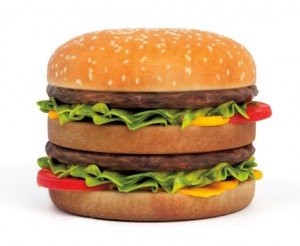It seems like ages when the first PC printers appeared in the market. At that time, users were extremely happy with how these printers performed – they were satisfied even with the ninepin print that wasn’t sharp at all. However, things have changed today and printers have evolved dramatically. With this evolution, people are no longer prepared to stay content with good quality prints – and that’s what inspired companies to come up with 3D printers, which promise to start an industrial revolution of customized and homemade products.
Most 3-dimensional printers operate by threading spools of plastic filament onto a highly heated nozzle that in return produces liquid plastic and throws it onto a surface, layer by layer – it keeps working this way until it forms an object. The thing is that this form of printing is not new and is actually inspired from additive manufacturing where you create an object using layers. Nevertheless, it has become increasingly popular in the recent years, which is mainly due to the availability of new techniques, materials, and consumer-friendly price points.
After this concept and technique becoming so popular, people are asking about its potential. The most passionate 3-dimensional printing evangelists have already created so much, but most of they only have dull-as-nails examples, such as dimmer switches, dishwasher knobs, replacement parts for laundry carts, and so on. Is that all you’re going to see in the near future? Probably not.
It is true that right now 3D printing is more about the technology’s potential than anything else, but it definitely can become a lifestyle in future. No one would have imagined that modern manufacturing would not rely on a factory – that’s the wonders of 3D printing. Many hackerspaces now offer 3D printers for us, and it is also possible to find them in libraries around the country. With its easy availability and coaching help, more and more people are going to use 3D printers, which will help this technology being used in different ways.
The fact of the matter is that future holds a lot for 3D printing, and with every new printed object hitting the world, the chances are that there soon will be a time when you can “print out’ objects like clothing, furniture, human tissues, and huge buildings. After NASA investing in technology to print food, we must say the possibilities are staggering.
Article written by Steven Longsdale





